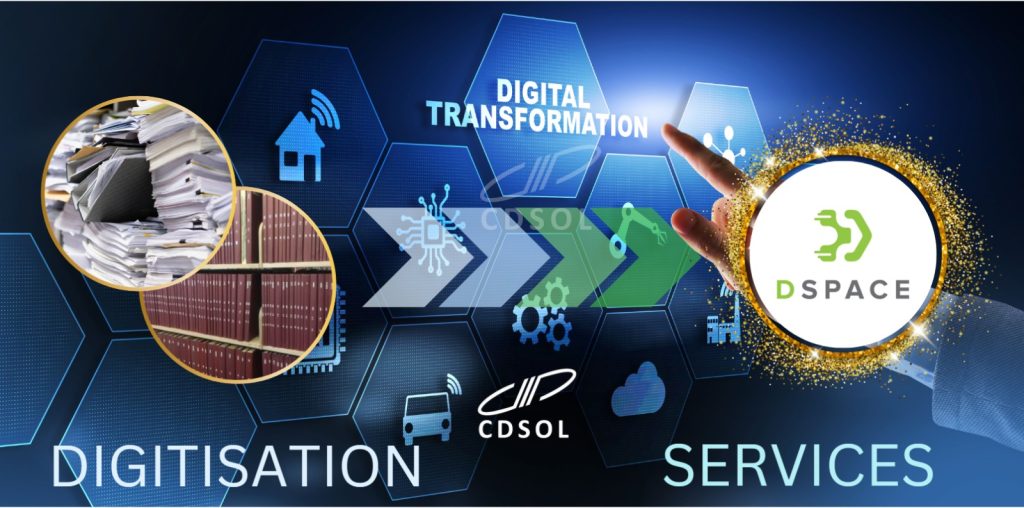Digitisation of documents refers to the process of converting physical documents into digital format. This process involves scanning paper documents into electronic images and then converting those images into a computer-readable format, such as PDF or JPG.
Digitising documents offers many benefits, including:
- Improved Accessibility: Digitised documents can be accessed from anywhere with an internet connection, making it easier for people to access information quickly and efficiently.
- Increased Preservation: Digital documents are more durable and less susceptible to physical damage than paper documents, making it easier to preserve important information for future generations.
- Space Savings: Digitising documents eliminates the need for physical storage space, freeing up valuable real estate in a library or office.
- Improved Searchability: Digital documents can be easily searched using keywords or phrases, making it easier to find specific information.
- Enhanced Collaboration: Digital documents can be shared and edited by multiple users in real-time, making collaboration and teamwork more efficient.
Digitisation of documents can be a complex process, requiring specialized equipment and expertise. CD Solutions, as a software development company, may offer document digitisation services and tools to help organizations convert their physical documents into digital format. Their team of experts can help clients navigate the process and ensure that the final product meets their needs and requirements.

Towards Digitisation

The goal is to support the digitisation, access, and preservation of scientific heritage and culture, while recognizing the important role of libraries in providing information services. Access to these resources should be available to all users while respecting intellectual property rights. Digitisation allows for the collection to be accessed anytime, anywhere, and a system that can interoperate and facilitate access should be created. Finally, access security to materials should be controlled by role or permission level to ensure the protection of intellectual property.
